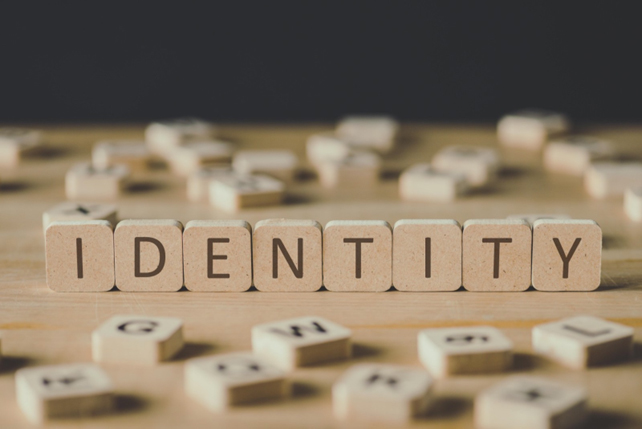- Description
- Curriculum
- Reviews
Summary
Identity development often begins with adolescence and with adolescents searching for answers to “Who am I?”. This is a period when adolescents are trying out new activities, widening their circle of people, and changing styles of clothes and music. This process is very complex and dynamic , and it changes, mostly due to new experiences in life. Identity in adolescence forms the basis of their self-esteem later in life. This is a period of their lives when they develop a strong sense of self, personality, connection to others, and individuality.
Even though an adolescent has some control over their identity, some adolescents may especially need reinforcement to help them construct a positive sense of self. A positive identity is vital because it prevents identity crises in this most vulnerable period of personal growth and shapes adolescents’ perception of belonging for most of their adult life.
Knowledge and skills you will gain:
• Getting to know each other, noticing similarities and differences, recognizing one’s own positive characteristics as well as those of others.
• Developing a deeper understanding for one’s identity.
• Deepening the understanding of one’s identity and heritage.
• Expressing oneself among others.
• Raising awareness about one’s body image.
• Exercising self-expression.
• Building self-confidence.
• Getting information about how others see and experience us, which is an important factor in forming identity, strengthening children’s self-confidence, as well as finding their own place in the social environment.
• Forming a real self-image and an image of others / Reducing the ideal image/changing negative perception of self-image. Becoming more self-aware.
• Raising awareness of new cognition of self/one‘s identity.
Training includes:
· explanatory short video
· theoretical review
· 10 exercises
· agenda
· evaluation form
· 3 bonus exercises
· workbook





